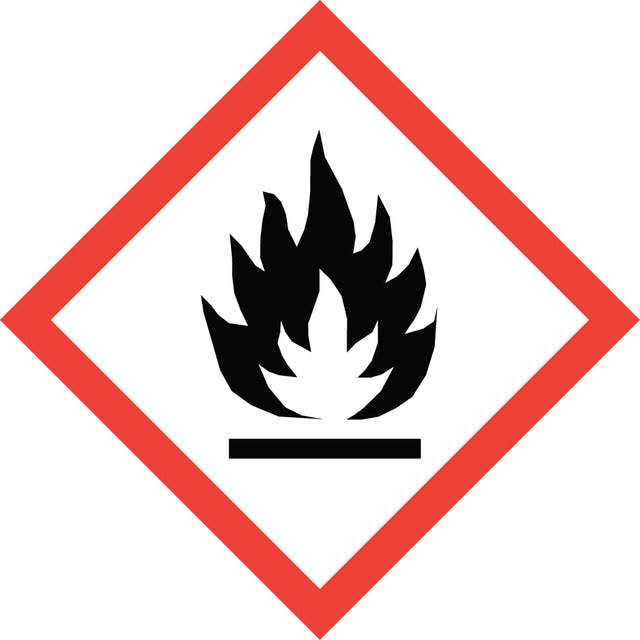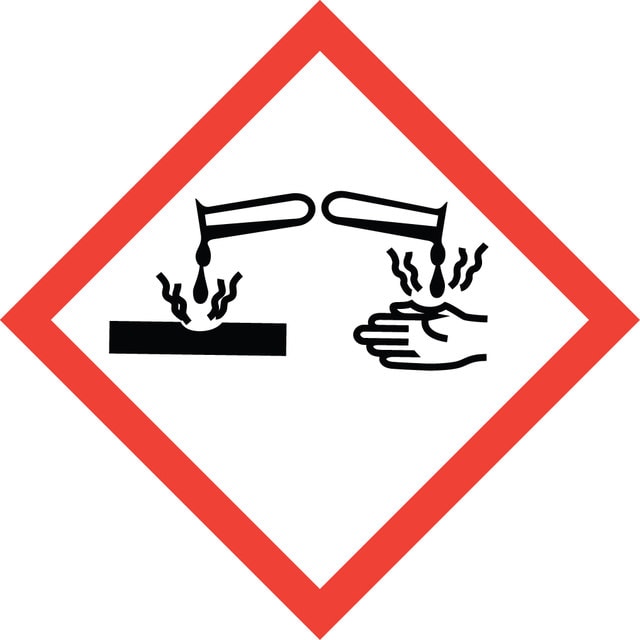Select a Size
About This Item
grade
purum
Quality Level
Assay
≥97.0% (gravimetric)
form
liquid
liquid
reaction suitability
core: titanium
reagent type: catalyst
refractive index
n20/D 1.491 (lit.)
bp
206 °C/10 mmHg (lit.)
density
1.00 g/mL at 20 °C (lit.)
SMILES string
CCCCO[Ti](OCCCC)(OCCCC)OCCCC
InChI
1S/4C4H9O.Ti/c4*1-2-3-4-5;/h4*2-4H2,1H3;/q4*-1;+4
InChI key
YHWCPXVTRSHPNY-UHFFFAOYSA-N
Looking for similar products? Visit Product Comparison Guide
General description
Application
- A precursor to prepare the titanium dioxide (TiO2) nanoparticles or thin films via sol-gel method. These TiO2 nanoparticles are suitable for ultraviolet photodetector applications on flame retardant-4 (FR-4) boards.
- A precursor to synthesize TiO₂ nanoparticles via polyol-mediated method.
- A precursor for synthesizing anatase-phase TiO₂ nanoparticles through a microwave-assisted method. The resulting nanoparticles are carbon-coated and employed as an anode material in sodium-ion batteries.
- A precursor material for the preparation of titanium oxide (TiO2) for various applications such as dye sensitized solar cells (DSSCs), photo-catalytic and self-cleaning based coatings
Features and Benefits
- High Purity (≥97.0%): Ensures minimal contamination in the final product, which is crucial for applications in energy storage, catalysis, and optics.
- Liquid at Room Temperature: Easy to handle and mix with solvents or other reagents.
- High solubility: Soluble in organic solvents such as alcohol and ether but insoluble in water. Compatible with Various Synthesis Methods
- Reproducibility: High purity and consistent reactivity ensure reproducible results across batches and experiments.
Legal Information
Signal Word
Danger
Hazard Statements
Precautionary Statements
Hazard Classifications
Eye Dam. 1 - Flam. Liq. 3 - Skin Irrit. 2 - STOT SE 3
Target Organs
Central nervous system, Respiratory system
Storage Class Code
3 - Flammable liquids
WGK
WGK 1
Flash Point(F)
107.6 °F - Pensky-Martens closed cup
Flash Point(C)
42 °C - Pensky-Martens closed cup
Personal Protective Equipment
Regulatory Information
Choose from one of the most recent versions:
Already Own This Product?
Find documentation for the products that you have recently purchased in the Document Library.
Articles
The prevailing strategies for heat and electric-power production that rely on fossil and fission fuels are having a negative impact on the environment and on our living conditions.
Our team of scientists has experience in all areas of research including Life Science, Material Science, Chemical Synthesis, Chromatography, Analytical and many others.
Contact Technical Service

